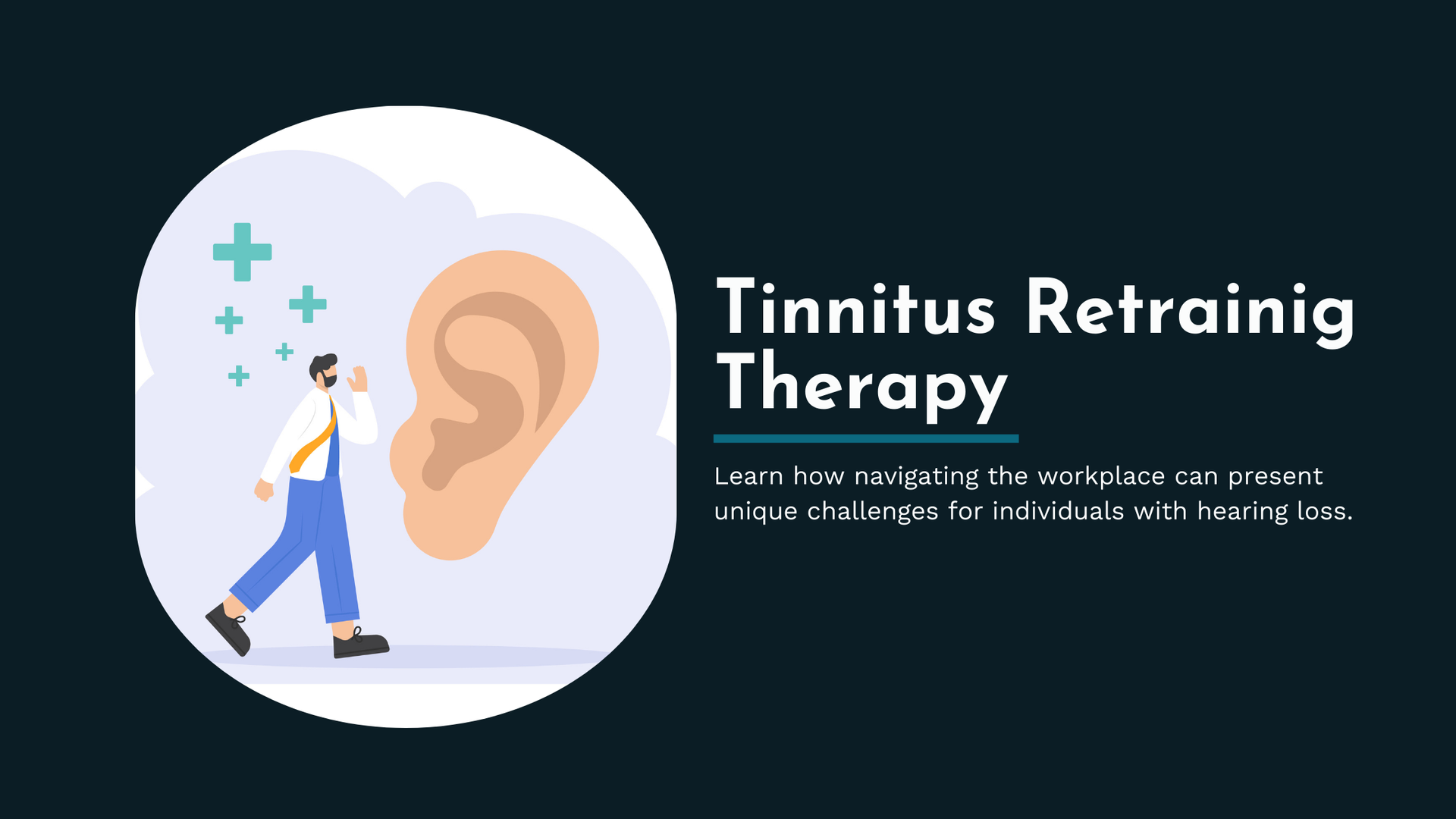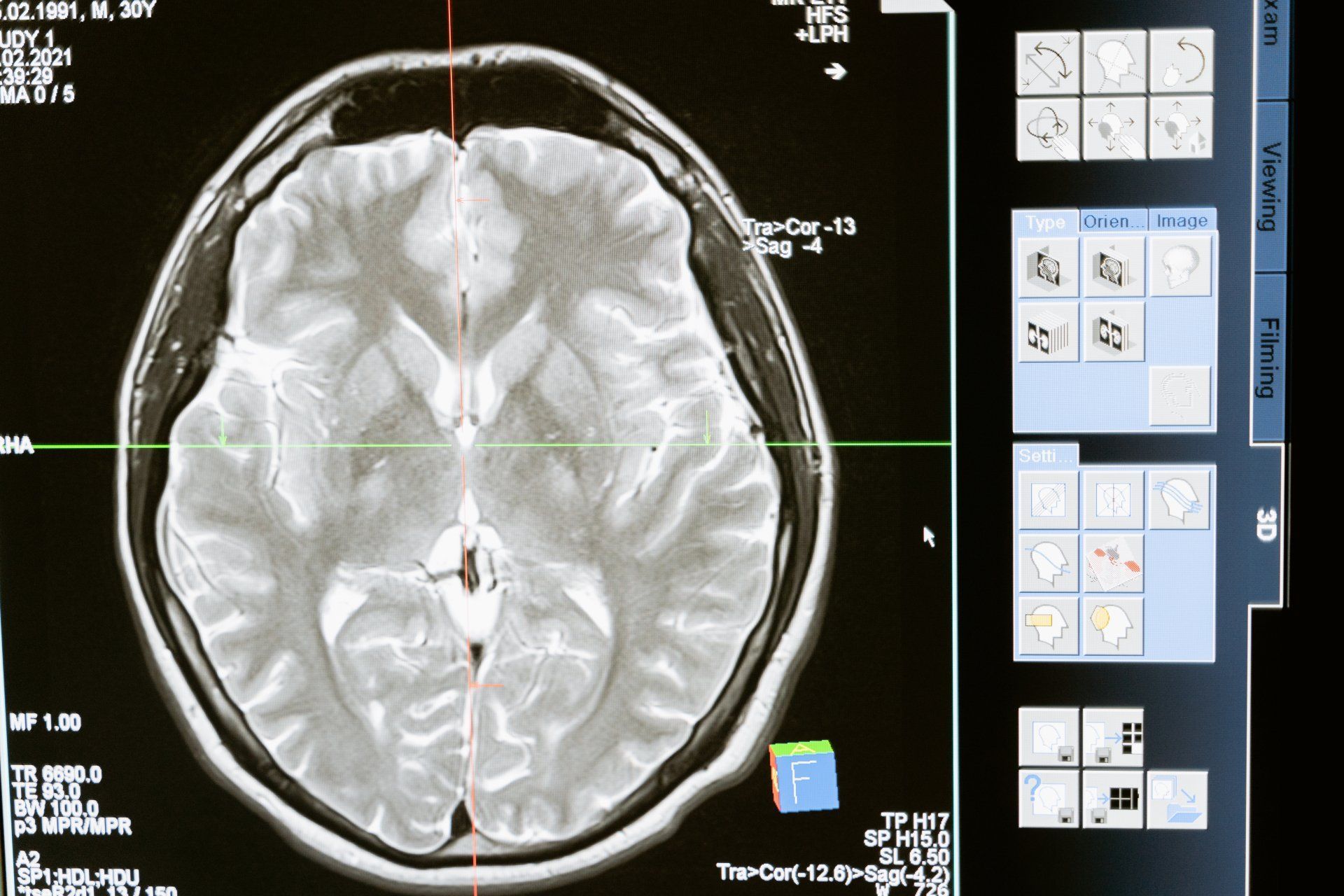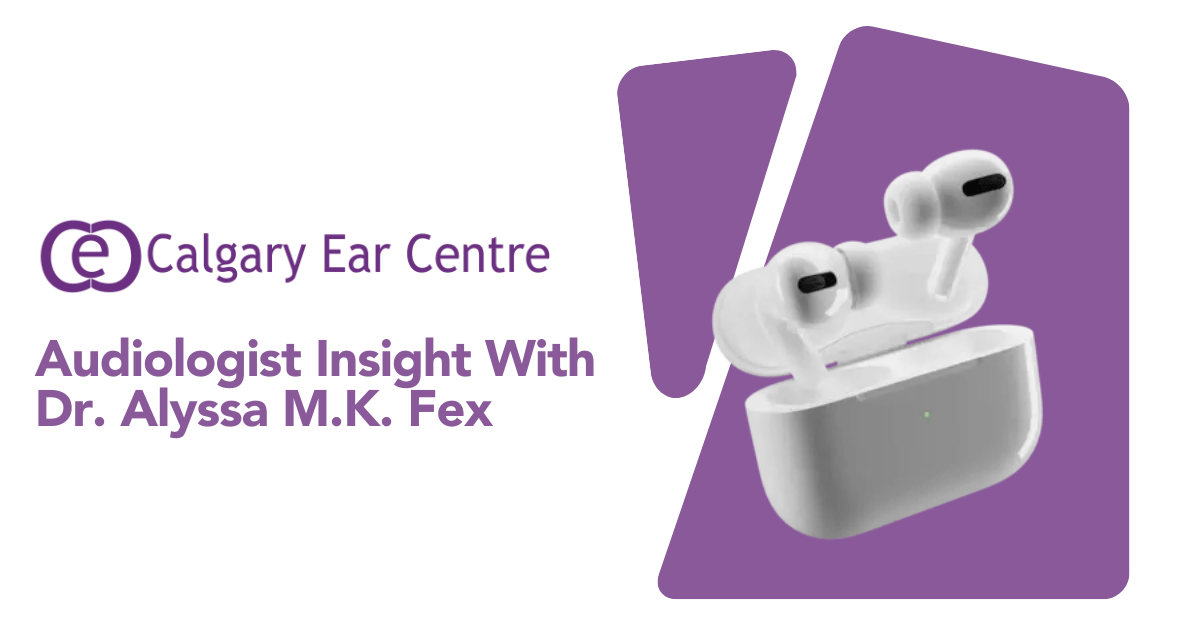Blog

March 12, 2025
When you have your hearing tested, the goal is to find out if your hearing is normal at the frequencies you need to hear speech. Your results are plotted on a graph called an audiogram that shows the pitches from low pitch to high from left to right on the graph. The volume that you can first detect the sound is called your threshold, and those levels are marked as an O for the right ear and an X for the left ear at each pitch that is tested. This is called puretone testing and takes place in a soundproof booth where you will press a button when you hear each of the pitches. This will provide a baseline level for your hearing. Another test that is typically performed is tympanometry, which measures the vibration of your eardrum and checks for the presence of middle ear fluid and perforations (holes) in the eardrum. To hear all the sounds of speech, you need to have normal hearing, which means you can hear all the pitches at 25 dB (decibels) or quieter. If you are unable to hear sounds within the normal range, you are missing sounds of speech, and your brain is experiencing auditory deprivation. Auditory deprivation not only affects your interactions with family and friends, but according to research is associated with cognitive decline and dementia (Hearing Health & Technology Matters, 2025) Audiological testing also provides information about other medical conditions that can affect hearing and balance. This is why prior to confirming diagnoses related to the ears, ENT doctors or physicians may request that you have your hearing tested. While you may be functioning adequately with the help of visual cues and context, functioning is not the same as hearing . Uncorrected hearing loss is detrimental for your brain health and should be addressed sooner rather than later. If you or your loved ones notice any changes in your hearing over time, we strongly recommend booking in for a test. Our audiologists will take the time to perform a detailed test, explain all the results, and make clear recommendations for moving forward.

January 21, 2025
Tinnitus Retraining Therapy (TRT) is an approach to managing problematic tinnitus. Many people have tinnitus, but only a very small percentage of those find that the sound affects their quality of life. This management approach is based on Dr. Pawel Jastreboff’s Neurophysiological Model of Tinnitus (Jastreboff, 2004). This model was initially proposed as a theory for why only a very small percentage of people that have tinnitus are bothered by it, while most people are not. We know from research that those with problematic tinnitus and other sound sensitivities develop an abnormal neural connection between the auditory pathway from the ears to the brain and the limbic system, which is the seat of our emotions. The limbic system is our survival centre and gets us ready to fight a predator or flee from the situation. To prepare our body to jump into action, stress hormones are released into the bloodstream, causing changes in our body to prepare for a fight to keep us safe. It is the meaning or interpretation that we give the situation that determines whether the limbic system will become activated. For example, if you were walking down an alley at night, and a dog jumped out at you and began barking, you would likely feel scared, anxious, upset and possibly other emotions such as anger towards the owner who didn’t have their dog on a leash. Your heart might start pounding, you might be breathing more shallowly, and your pupils might dilate. Now imagine that the loud barking dog was wagging his tail, excited to see you. Your initial reaction may be one of surprise, but after seeing that the dog was friendly, you would likely become calm almost immediately. Now let’s think about this. The loud barking was identical in both scenarios. The volume and other characteristics of the barking in both examples were identical. Why was your reaction different in these two examples? The answer is that the meaning you gave to each situation was different. When you believed the loud barking to indicate that the first dog was dangerous and may cause you harm, your body immediately went into protective mode, preparing to fight the dog, run away from it, or freeze, hoping that the dog would lose interest in you and leave. On the other hand, when you interpreted the loud barking as a sign of excitement, you might feel excited or happy to have encountered a friendly dog on your evening stroll, one who is hoping that you’ll throw him a ball or stick. The important lesson in this example is that the sound of the barking itself is not what caused you to react differently to the potentially menacing dog and the friendly dog. Instead, it was the meaning you attributed to the barking that caused the distinctly different emotional reactions. Tinnitus is just a sound, plain and simple. It is not going to do you harm. Most people that have tinnitus do not experience any disruption in their quality of life. If you talk about your tinnitus negatively out loud or in your thoughts and dwell on all the ways that you believe the tinnitus has negatively affected your life and your happiness, you are giving it power. Your brain will begin to believe that this sound is dangerous and needs to be monitored. When you give the tinnitus power in this way, your brain will react as if the sound is truly a threat to your life, and the continual activation of your fight or flight centre, forcing you to keep listening and waiting for the sound to cause you harm. Your brain has been trained to believe the sound means danger. TRT changes the way that the brain thinks about the tinnitus, which changes the negative impact it has on your emotions and on your life. Reference: Jastreboff, P.J. (2004). The Neurophysiological Model of Tinnitus. In Snow, J.B Tinnitus: Theory and Management (pp.96-107). BC Decker Inc.

August 12, 2024
You may have visited many sites on the internet to look for ways to manage tinnitus. You may have found potions, supplements, pills, and various techniques that claim to cure tinnitus. All medical conditions have an official document outlining the recommended guidelines for their treatment or management. These guidelines are developed by physicians and other professionals who are experts in their respective fields and are based on current research findings. As new research and knowledge emerges, the guidelines are continuously updated. The American Academy of Otolaryngology – Head and Neck Surgery Foundation (QQO-HNSF) published the First Clinical Practice Guideline on Tinnitus in 2014 to improve patient care and provide an assessment of the benefit and harms of different tinnitus treatment options. The word treatment typically suggests that a medical condition can be cured, so those who work with tinnitus patients prefer to use the word management . Most people who have tinnitus are not aware of it, and if they become aware of the tinnitus, it has no impact on their mood or their ability to function. Their brains have tuned it out’ which in technical terms means they have habituated or adjusted to the sound. The goal of tinnitus management is to promote habituation so that the sound has no impact on quality of life, including function and mood. If you are searching for help, find an audiologist who is trained in management of tinnitus and other sound sensitivities (for example, we have one with our clinic!) These professionals will follow best-practice guidelines, which are based on current research and scientific knowledge about tinnitus and tinnitus management. You can find the official document by following this link: https://doi.org/10.1177/0194599814545325

July 10, 2024
You have likely heard of sound therapy as a common approach to reduce the awareness of tinnitus. Sound therapy refers to adding sound to your environment or through ear worn devices so that you are less aware of the tinnitus. Many people find that the tinnitus is less bothersome during the day when there are other sounds present in the environment. Adding sound to our environment can be an effective way to reduce the awareness of tinnitus and push it into the background, which can be helpful when in bed or when focusing on a task in quiet surroundings.

June 19, 2024
Tinnitus is typically more bothersome when you are in a quiet environment, such as in bed trying to fall asleep, or upon waking in the night or in the morning. If there is no competing sound in the room, you will automatically be drawn to the noise in your head and ears. The trick is to give your brain another sound to focus on.

January 31, 2024
When we think of our ears, we often think only of their ability to help us hear the sounds around us. While this is one of their functions, the inner ear is also responsible for our balance. Our balance system keeps us upright to remain focused on an object when our head is moving and to inform us if we are accelerating or slowing down horizontally and vertically, such as when we are in a vehicle or riding an elevator. Our brain uses these signals along with input from our eyes and from our muscles and joints to allow us to move our bodies with coordination and little effort.

November 30, 2023
Our hearing deteriorates as we age. This is a normal part of aging and typically not something we need to have checked by an Ear, Nose, and Throat (ENT) specialist. Think of gradual hearing loss from aging being like other changes that occur over time, such as vision decline or physical changes to your appearance. These are changes that are to be expected and do not signal that medical consultation is necessary.



